London 2012 Olympic and Paralympic Games
CLM, a consortium of CH2M (now Jacobs), Laing O’Rourke and Mace, was appointed by the Olympic Delivery Authority to deliver the Olympic Park and associated infrastructure for London 2012.
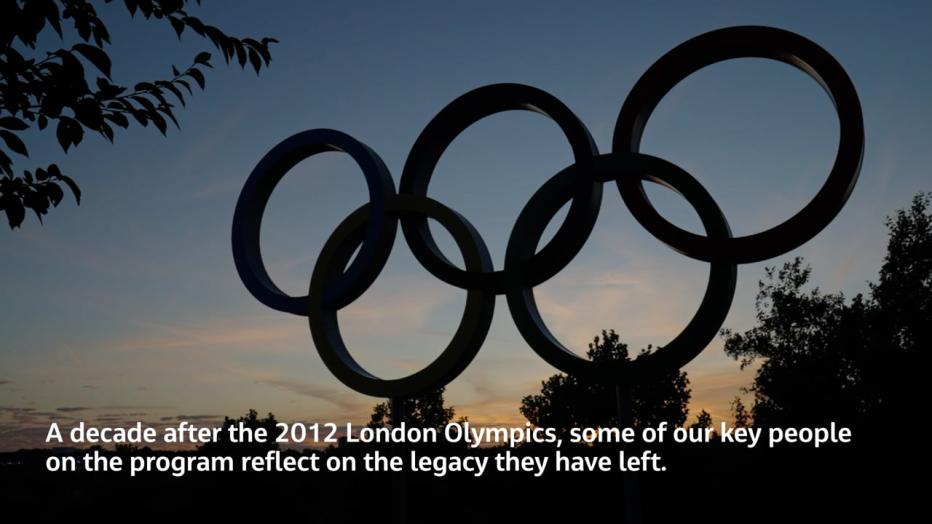
The consortium helped the project leave a positive and lasting legacy, particularly relating to sustainability, regeneration, enterprise growth, and employment and skills, and gave the industry a clear example of how to effectively manage large-scale projects, being delivered on time and within budget.
Many lessons from the Games continue to be used today and have been incorporated into other major projects and across different sectors of the industry and beyond.
Setting a new standard for Olympic Games
London 2012 set a new standard for Olympic and Paralympic Games. We helped to deliver a six-year, $15 billion program to design and build 30 sustainable venues and scalable infrastructure. To top it off, the project was completed a year ahead of schedule and 10% below budget. Key to its long-term success is the impact of wider regeneration of the area and the creation of new opportunities for communities.
The accelerated regeneration investment of London 2012 was a one-in-a-lifetime opportunity to develop a dynamic new heart and lasting legacy for east London, and drive innovation and growth across the city and the U.K.
That legacy continues to transform neighborhoods and create opportunities for local people with access to new housing, amenities, schools and offices, connected by an efficient transport hub. Stratford Station now offers the new Elizabeth line services with fast, efficient services through to central London, step-free access and spacious new trains. The sporting venues are now largely used by the community near and around the Park, and the Olympic Stadium (now known as the London Stadium) is the home to the soccer team, West Ham United F.C.

The enduring legacy of London 2012. Credit: London Legacy Development Corporation
-
34 M
people visiting the park since it re-opened
-
30
acres of woods
-
13 K
trees
-
4
miles of waterways cleaned and open for public and business use
Priorities for the delivery of the games
In our role as delivery partner, we helped transform the derelict area around Stratford into a world-class sporting venue. The team had six priorities that were achieved during construction and by the legacy left by the Games:
Design and accessibility - The design for the London 2012 Olympic and Paralympic Games combined excellence and innovation. The CLM created exciting and expertly designed venues that were distinctive and appreciated by spectators and millions around the world watching.
Employment and skills - The Games provided many people in London and the U.K. with new jobs and career opportunities. Importantly, it helped lower unemployment levels and improve skills within the local area.
Equality and inclusion - Investment into the area had a significant positive effect locally and helped to reduce long-standing inequalities.
Health, safety and security - The health, safety and security of everyone involved in the delivery of the Games was a key priority throughout the games and during decommissioning.
Legacy - The Games offered a unique opportunity to benefit the local area, transforming one of the most underdeveloped areas of London into a modern, urban environment to be used and enjoyed by the community and for many others visiting.
Delivering sustainability and environmental excellence - The venues, facilities and infrastructure for the Games left a lasting social, economic and environmental legacy for London and the U.K. London 2012 was heralded as the most sustainable Olympic Games of all time and was the first Games to independently and publicly monitor and evaluate sustainability efforts.
-
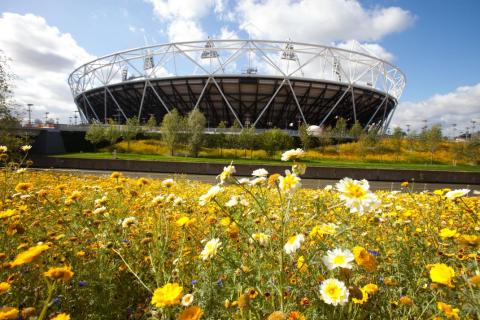
Stadium at Queen Elizabeth Olympic Park. © DCMS. Credit: David Poultney, In-Press Photography @ODA
-
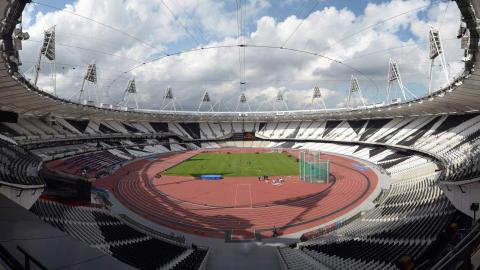
View inside London 2012 Stadium at Queen Elizabeth Olympic Park. © DCMS. Credit: David Poultney, In-Press Photography @ODA
-

Queen Elizabeth Olympic Park. © DCMS. Credit: David Poultney, In-Press Photography @ODA
“The safe, secure and sustainable delivery of the infrastructure and venues for the London 2012 Olympic and Paralympic Games and the legacy Queen Elizabeth Olympic Park serves as a benchmark for envisaging and achieving the art of the possible in transforming urban environments for the benefit of people and the planet. The unprecedented scope, scale, cost and schedule successes provide definitive proof that committing to outcomes focused on implementing circular economy approaches and applying socially just, inclusive values and practices from the outset, does yield innovation and long-term sustainable outcomes.”
Key moments and achievements
The project was highly complex and multi-faceted; the Olympic Stadium alone used the services of 240 businesses. It cost $2.56 billion (£1.6 billion) to construct the five permanent venues, which were supported by more temporary venues than any other Games in history.
The team achieved flexibility by setting up frameworks for suppliers and kept a tight rein on schedules, budgets, cost forecasts and construction progress, identifying challenges as they arose.
The site development included possibly the largest environmental clean-up ever accomplished in Europe, transforming a 600-plus acre brownfield site that paved the way for the Olympic Park.
98% of the waste produced was recycled on site and most of the construction materials were delivered via sustainable rail and water transport, which helped to cut carbon emissions in half and use 40% less water.
Of the 40,000 people who worked on the project between 2006 and 2011, many were employed locally from some of the poorest boroughs in London. We established and paid for a health clinic on site, which provided health screenings for about 2,000 workers each month. At the peak of construction, there were approximately 10,000 people on site, 70% of whom used public transportation to get to work.
-
1.4 M
cubic meters of contaminated soil excavated & cleaned
-
1 B
pounds (£) under budget
-
50
percentage of construction materials delivered to the site by rail or water
-
30
new bridges connecting communities
“My years on our London 2012 team ignited my passion for managing large complex programs with lasting societal legacy results. Learning from some of the world’s brightest and most innovative design and construction minds prepared my path to subsequently play key leadership roles on some of Jacobs’ most iconic programs. London 2012 honed my desire to leave a strong positive legacy wherever I go just as the program has done for East London and the thousands of people touched by the program to this day.”
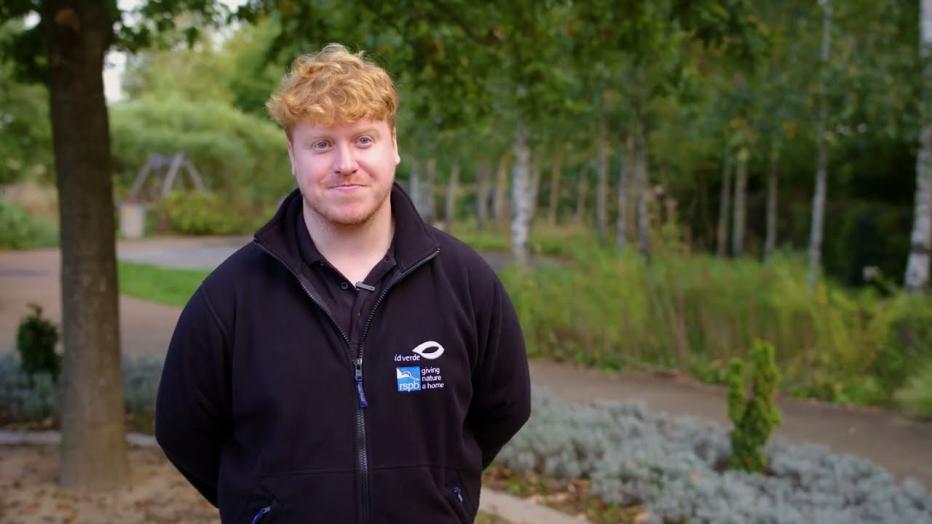
A global garden in east London - 10 year anniversary - London 2012. Courtesy of the London Legacy Development Corporation
Podcast with BusinessLDN: Leadership lessons from the London 2012 Olympic & Paralympic Games
Jan Walstrom joins BusinessLDN’s "What Next for London" podcast to discuss the legacy of the Games.
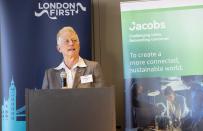
It’s a decade since the London 2012 Olympic & Paralympic Games. Jacobs Senior Vice President, Office of Global Climate Response & ESG Jan Walstrom helped to plan, design and deliver the Olympic Park & associated Games infrastructure as part of the CLM Delivery Partner team.
On the 10-Year anniversary, Jan joins BusinessLDN’s "What Next for London" podcast to discuss what working on the 2012 Olympic & Paralympic Games meant for major projects of the future, for the development of ESG metrics and for her career. Jan shares insight on the significant Games legacy for the local East London communities and the wider U.K.
A TED-style talk by Jan Walstrom at Oxford Major Programme Conference: The power of collaboration between entrepreneurial government and a committed industry
Awards
Between 2008 and 2012, the Olympic Delivery Authority won over 50 awards that acknowledge the successes and achievements of the London 2012 construction project, including:
- Remediation Innovation Awards: Best use of a combination of techniques.
- RTPI National Awards 2009: Equality and Diversity Awards.
- Constructing Excellence National Awards: Legacy Award – Sustainability.
- Building Public Trust Awards: ‘Excellence’ in Reporting in the Public Sector.
- Chartered Institute for Purchasing and Supply: - Best Public Procurement – Overall Winner.
- RoSPA Diamond Jubilee Award for the most outstanding achievement in Health and Safety performance in Her Majesty the Queen’s reign.
The full list of awards is published in the Olympic Delivery Authority Annual Report and Accounts 2011-12.
Discover more
-
 Showcase
ShowcaseMeet Jan Walstrom
With a passion for biology and scientific research, Jan Walstrom found herself, at the age of 25, pursuing a very different career trajectory than expected when she was appointed the State’s project manager for the design and construction of surface water and groundwater remedial actions implemented at Tar Creek Superfund site in northeastern Oklahoma. The site encompassed much of the lead and zinc mining district in the U.S. where the extracted ore was processed to make bullets during both World Wars, leaving behind 30 million tons of mining waste, known locally as “chat”.
-
 News
NewsQ&A: Talking with Program Manager, Jackie Roe
Jackie Roe is an experienced Program Director who has spent more than half her life managing some of the world’s most complex, time-sensitive and publicly sensitive infrastructure projects, including the Thames Tideway Tunnel Project, Rio 2016 Olympics and London 2012 Olympic and Paralympic Games. She has also worked in Australia supporting some of our Australian clients deliver their large-scale infrastructure projects, and is currently working on a major clean energy program in the U.K.
-
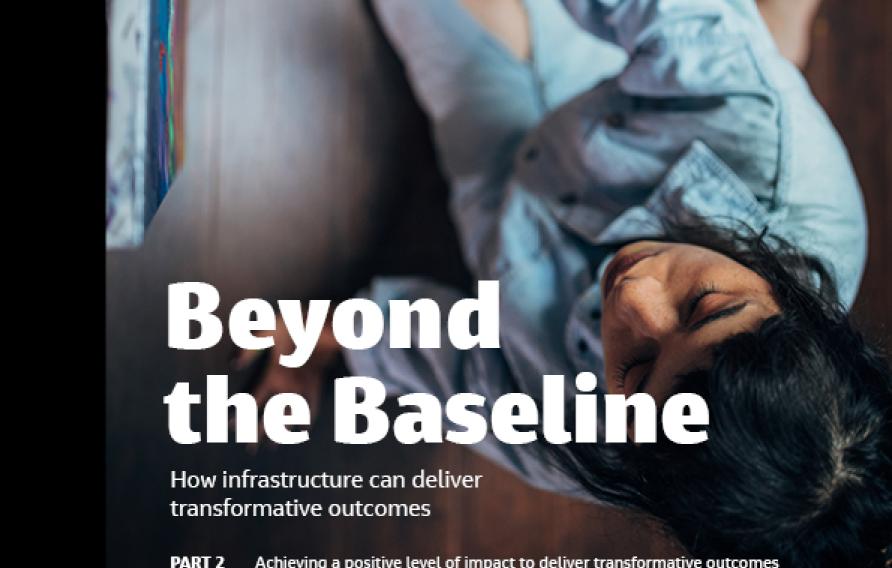 Report
ReportBeyond the Baseline - How infrastructure can deliver transformative outcomes
In this latest series of thought leadership papers Jacobs, in collaboration with the Global Infrastructure Hub, explores how infrastructure can deliver transformative outcomes for people and the planet.
-
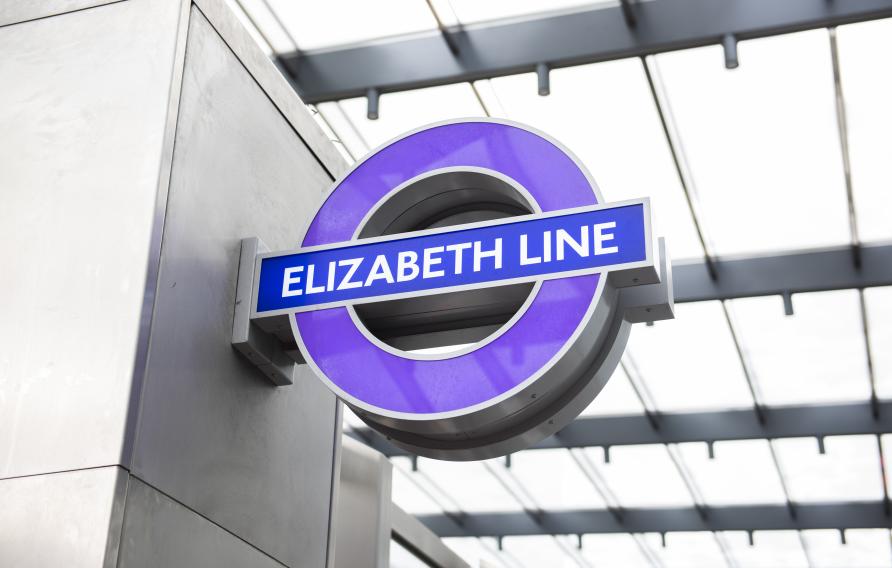 Showcase
ShowcaseIn-Depth: Supporting Delivery of the Elizabeth Line
Our relationship with the Crossrail project goes back a long way. We’ve provided a range of key services since 2001, when Crossrail Ltd was established, including business case development and from 2009 as program partner (part of the Transcend joint venture), program delivery partner and project representative.
-
 Showcase
ShowcaseExpo 2020 Dubai, United Arab Emirates
Expo 2020 Dubai (Expo), the first World Expo in the Middle East, Africa and South Asia (MEASA) region, transforming a 4.38km2 site into a lasting urban legacy.
-
Showcase
Meet Suzanne McCormack
Suzanne loves problem solving, and finding solutions is where she thrives. Whether that’s identifying an innovative way forward to address a challenge a client is facing, or how to improve the end-user experience — taking a client’s vision and working collaboratively to bring a solution to life is a real buzz for Suzanne.
Visit the Queen Elizabeth Olympic Park to find out more about how the London Legacy Development Corporation is creating opportunities 10 years on.
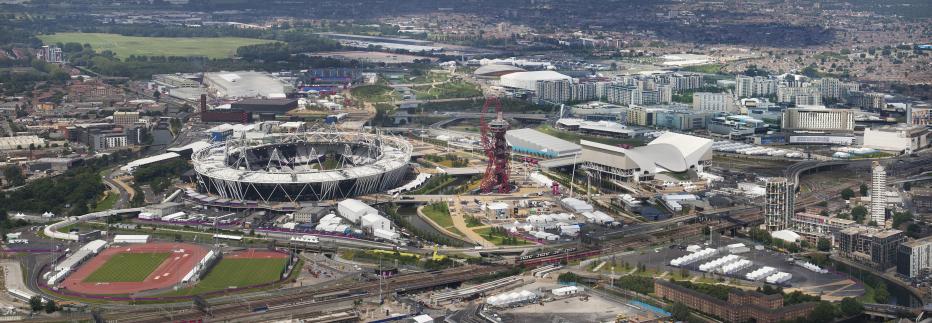
Aerial view of Queen Elizabeth Olympic Park. © DCMS. Credit: David Poultney, In-Press Photography @ODA
Future Foundations.
Co-creating the world to come

From developing climate resilience and transitioning to a low-carbon future, to modernizing and transforming infrastructure, governments and businesses face critical challenges. How they respond will define our future.
As our clients navigate these challenges, we help them think differently – working together to pioneer tomorrow's infrastructure solutions and build the foundations for a prosperous, secure future.
















































